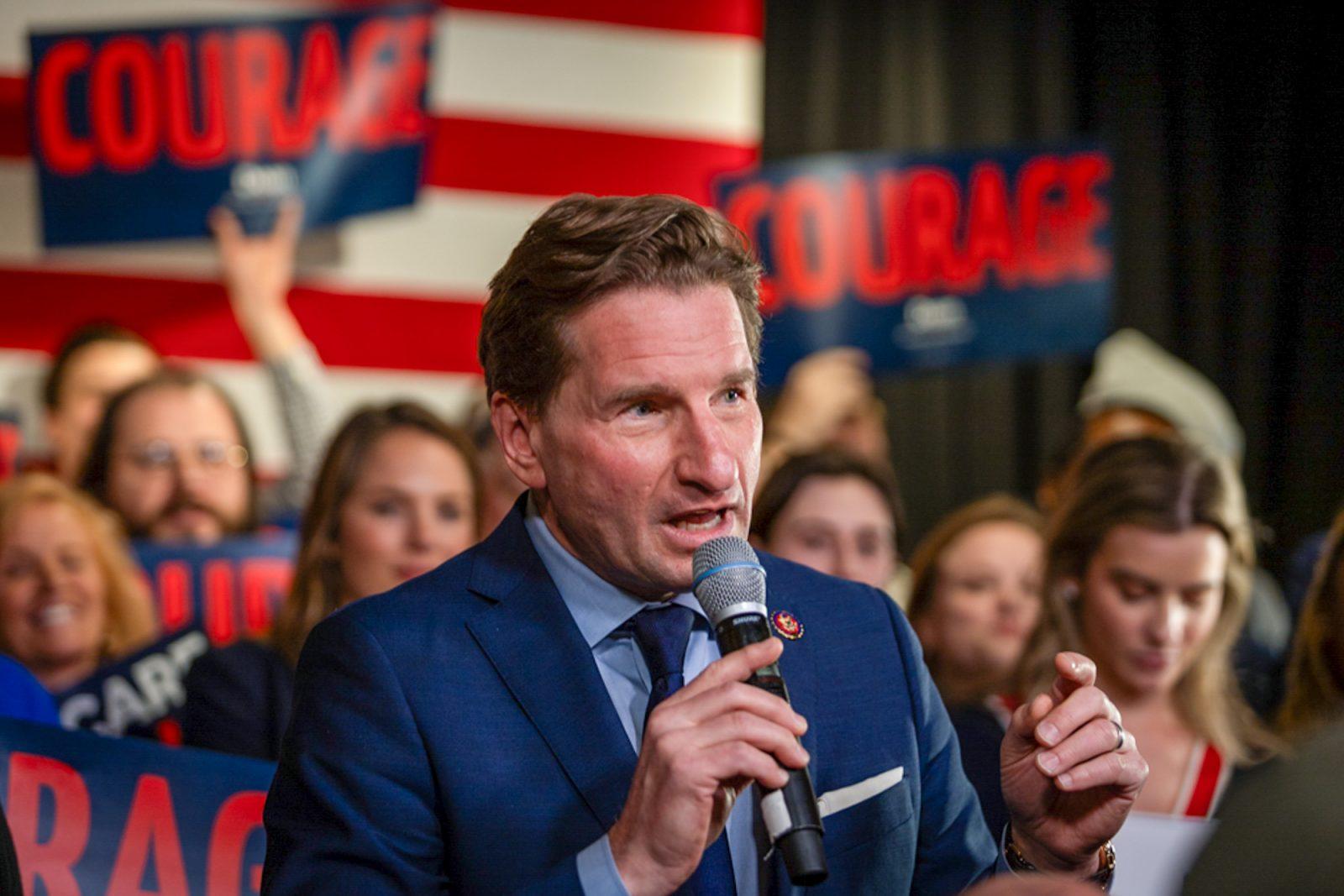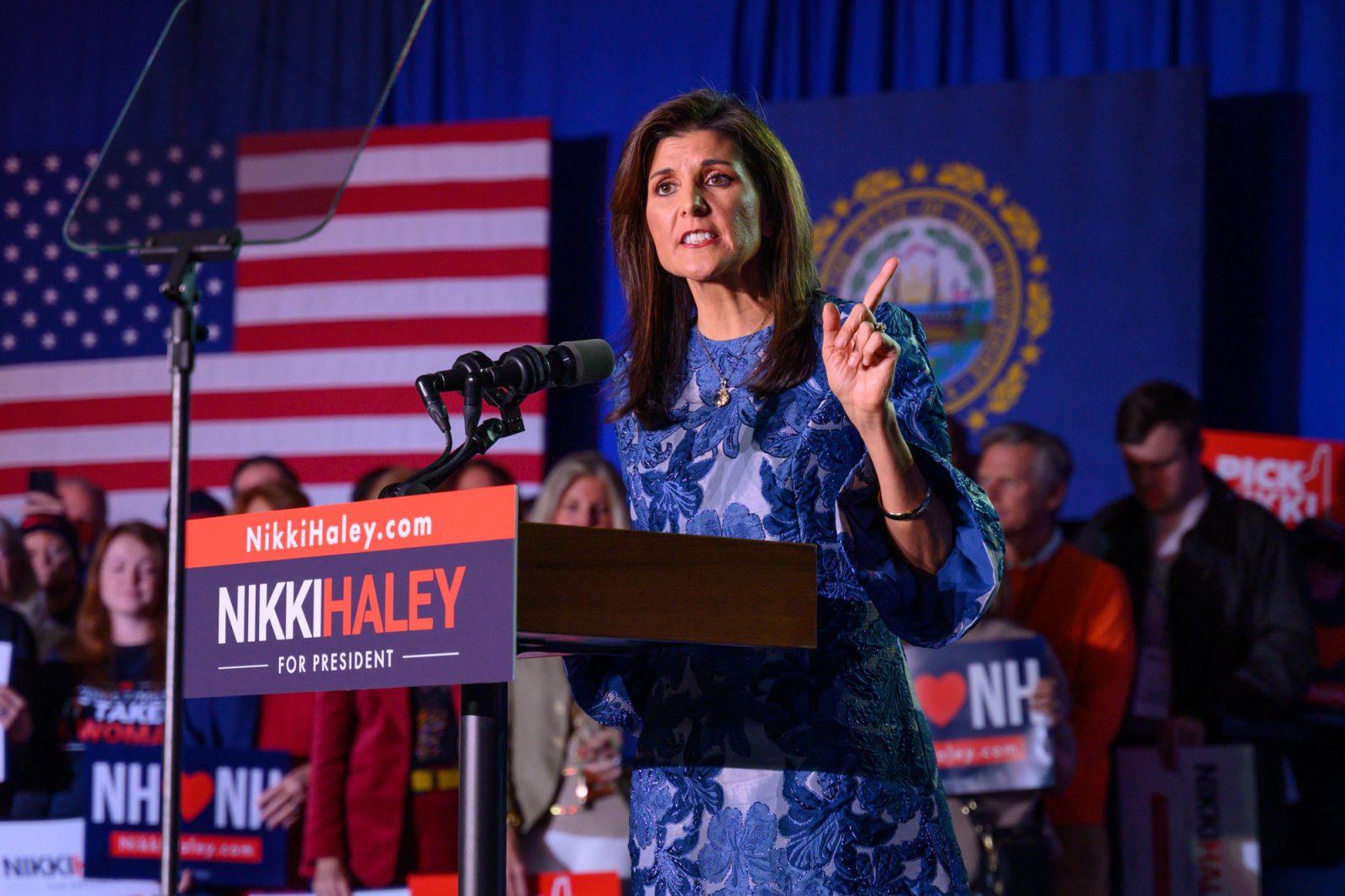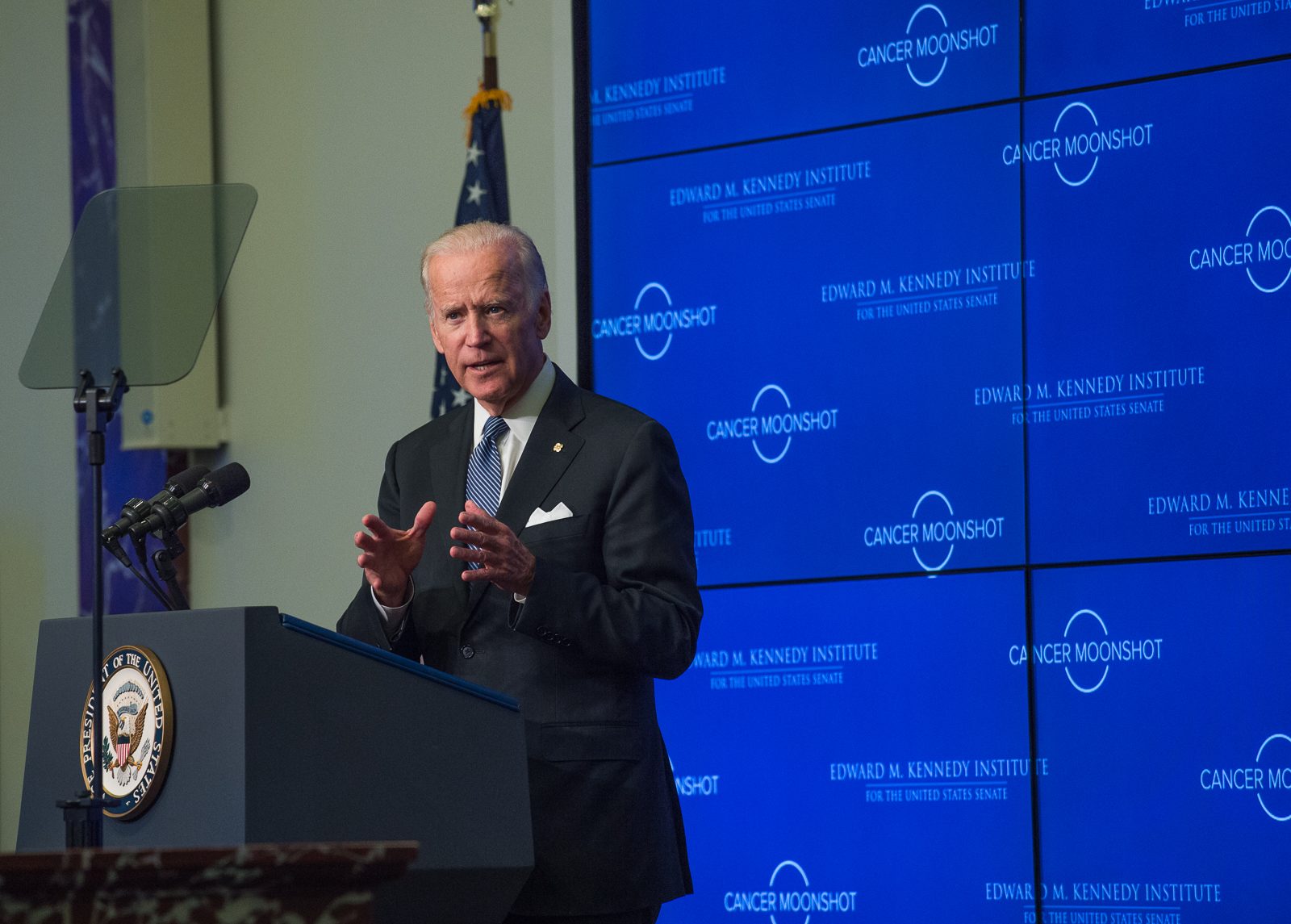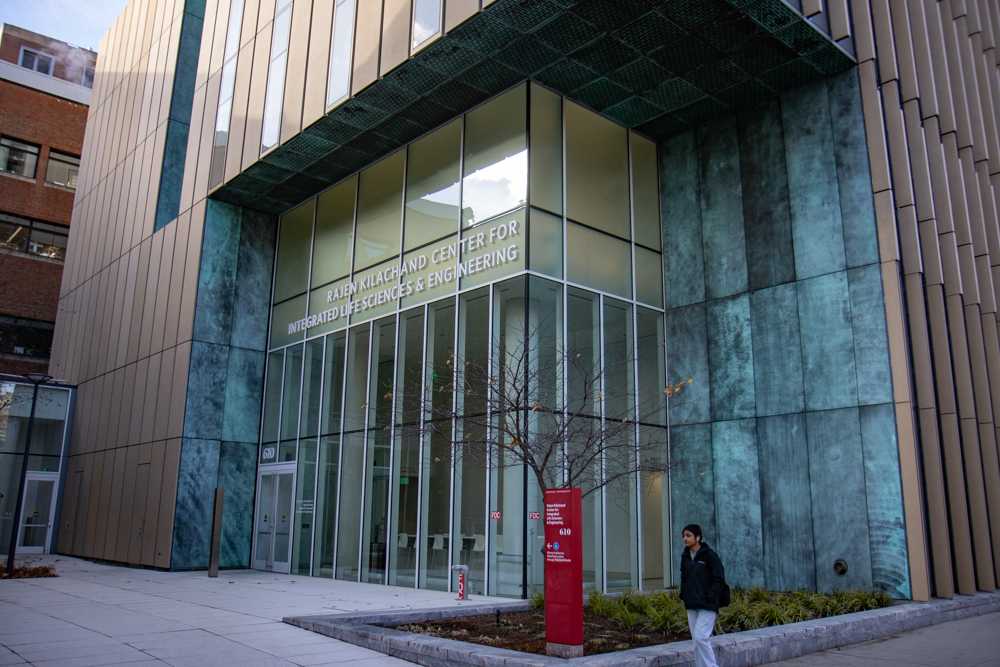President Barack Obama arrived in the Oval Office last Tuesday with a beaker full of issues before him.
Researchers have been excited for the new direction in which President Obama vows to take science policy since he was Candidate Obama. With the the president urging transportation officials to improve greenhouse emissions for automobiles on Mondays, the administration is already making science a focus in their first week on the job.
‘It’s about listening to what our scientists have to say, even when it’s inconvenient ‘-‘- especially when it’s inconvenient,’ Obama said in a December national address.
As the first step on his path toward achieving scientific change, Obama assembled a team of renowned scientists who are tough on climate change and committed to solving the nation’s long list of scientific issues.
SCIENCE AS A FOCUS
In September, 76 Nobel Laureates endorsed Obama in an open letter based on his focus on science and technology during the campaign.
‘Senator Obama understands that Presidential leadership and federal investments in science and technology are crucial elements in successful governance of the world’s leading country,’ the letter states.
Just as science and technology were focuses of Obama’s campaign, they were included throughout his inaugural address last Tuesday.
‘We’ll restore science to its rightful place and wield technology’s wonders to raise health care’s quality and lower its cost. We will harness the sun and the winds and the soil to fuel our cars and run our factories,’ Obama said in the speech. ‘All this we can do. All this we will do.’
Scientists are looking for change from the science policy of the Bush administration, said Albert H. Teich, director of science and policy programs at the American Association for the Advancement of Science. He said Obama should return to pragmatic policies that give science consideration instead of ideology based policies.’
‘Obama’s first rounds of appointments and his policy statements on stem cell research and politicization of science are very encouraging signs,’ Teich said.
The Union of Concerned Scientists, a Cambridge-based nonpartisan science advocacy organization, issued 10 resolutions for the new administration in December. Most of the resolutions address to the widespread criticisms of the Bush administration’s interference into the work of government scientists.
The resolutions urge the new administration to protect whistleblowers in government research, rely more heavily on scientific fact for environmental decisions and display more transparency in science policy decisions.
UCS also recommended restoring the position of White House science adviser to cabinet-level authority, a move Obama has already taken. Former President George W. Bush, who waited about a year to hire his science advisor, demoted the position out of the cabinet.
GREEN DREAM TEAM
Obama selected John Holdren, a physicist at Harvard’s Kennedy School of Government and director of the Woods Hole Research Center, as White House science advisor. Holdren worked as an adviser during Obama’s presidential campaign and is best known as a climate and energy expert. Holdren has a history of policy work, most recently as director of the Science, Technology and Public Policy program at Harvard.
A major 2007 U.N. report on climate change that Holdren co-authored called for greenhouse gas emissions to peak this decade to ensure that only 2 to 2.5 degrees Celsius further warming occurs this century.
Rounding out the advisory team is Harold Varmus, a Nobel Prize winner and former director of the National Institutes of Health, and Eric Lander, a specialist in human genome research and professor at Massachusetts Institute of Technology.
The primary task for Obama’s science team is how to fight man-made climate change, and with so many climate experts and experienced scientists assembled, the group seems ready to take on the environmental epidemic of our time.
On Jan. 21, the Senate confirmed Stephen Chu as secretary of the Department of Energy. Chu, a Nobel Prize-winning physicist who was previously a physics professor at University of California-Berkeley, was the head of the Lawrence Berkeley National Laboratory when Obama nominated him for the cabinet post. Chu had been working on developing alternative fuel sources.
Chu’s appointment marks the first time a scientist has headed the Energy Department. Politicians have always held the post, created by Jimmy Carter in October 1977. The secretary of Energy’s focus has covered a range of energy policies since then, shifting from regulating energy in the beginning to developing alternative energy sources and disposing of nuclear materials since the end of the Cold War.
While working at Bell Laboratories in New Jersey, Chu was part of a team of researchers that developed methods to cool and trap atoms with laser light, which garnered them the 1997 Nobel Prize in physics.
Obama has created a new science position, assistant to the president for energy and climate change. Carol Browner will serve in this position, referred to informally as ‘energy czar.’ Browner, who served as head of the Environmental Protection Agency for eight years under President Bill Clinton, will specifically oversee the administration’s climate and energy policy.
Lisa P. Jackson will be the next EPA administrator. She previously served as the commissioner of the New Jersey Department of Environmental Protection, where she committed the state to cutting greenhouse gas emissions 80 percent below 1990 levels by 2050.
‘He has picked a number of internationally renowned scientists for key positions in his administration ‘-‘- Chu at Energy, Holdren as White House science adviser, Lubchenco at NOAA,’ said David S. Wilcove, a professor of ecology, evolutionary biology and public affairs at Princeton University. ‘It promises a real break from what we saw in the Bush administration.’
Jane Lubchenco, a climate expert at Oregon State University, will head the National Oceanic and Atmospheric Administration, which does much of the government’s research on global warming.
WHAT’S ON THE AGENDA
Obama’s EPA will be the first tasked with regulating greenhouse gasses as pollutants.
Last year, the Supreme Court ruled that the EPA should regulate carbon emissions under the Clean Air Act. The ruling came about after 12 states, including Massachusetts, sued the federal government after the EPA determined the administration did not have the authority to apply Clean Air Act standards to carbon emissions, as it does to other pollutants.
The federal government has been slower than some states in trying to cap greenhouse gas emissions. California, for example, has struggled to exert its state right over automobile emissions standards.
California has requested a waiver from the federal government to enact these tougher restrictions on emissions. The state wants to reduce carbon dioxide emissions by 30 percent by 2016, a more ambitious goal than the standard set by the federal government. The Bush administration did not grant the waiver but Obama ordered federal regulators to grant it to California and 13 other states that have since vowed to adopt the same goal on Monday. Obama also directed the Transportation Department to establish new higher fuel economy for cars and light trucks.
Obama’s next climate-related move may be working on cap-and-trade legislation, a policy of exchanging carbon credits to fight global warming that the president promised in a November online address.
Embryonic stem cell research is an area of scientific research particularly vulnerable to politicization. President Bush issued an executive order preventing federal funding of this research and twice vetoed bills to overturn the order because he objected to the destruction of human embryos. Obama has vowed to overturn the funding restrictions, though some researchers feel valuable research time was lost during the last eight years.
Scientists hope that America will once again aspire to be the world’s leader in discovering new treatments for disease, said Sean J. Morrison, the director of the University of Michigan Center for Stem Cell Biology.
‘We hope that this will be a new day in which policy will be based upon the state of the science and the best information available, rather than upon ideology or politics,’ Morrison said.
While on the campaign trail, Obama frequently spoke of his commitment to fight man-made climate change. But two solutions he often mentioned, biofuels and clean coal technology, have many critics.
‘There is now good evidence that corn-based ethanol does not reduce global climate change,’ Wilcove said. ‘I am hopeful he will modify his support in light of the new evidence.’
Ethanol is a fuel derived from corn, which some global warming advocates support as an alternative to gasoline and an especially popular technology among politicians from corn-growing states.
Clean coal technology refers to preventing carbon dioxide released from coal-burning power plants getting into the atmosphere through burial or some other as-yet-do-be-developed method. Coal remains an abundant source of fossil fuel, but one of the dirtiest, so the harnessing of its abilities without polluting the environment is one hypothetical solution to global warming.
‘There’s a lot of hope,’ said Timothy Donaghy, an analyst with UCS’s scientific integrity program. ‘But there is a lot of work to be done.’


























































































































//en.wikipedia.org/wiki/John_Holdren. • Aug 3, 2010 at 2:20 pm
Tsk, Tsk Harbinger. Your innuendo reminds me of those of you who want to wish away man’s disruption of the planet. For some facts on Holdgren see http